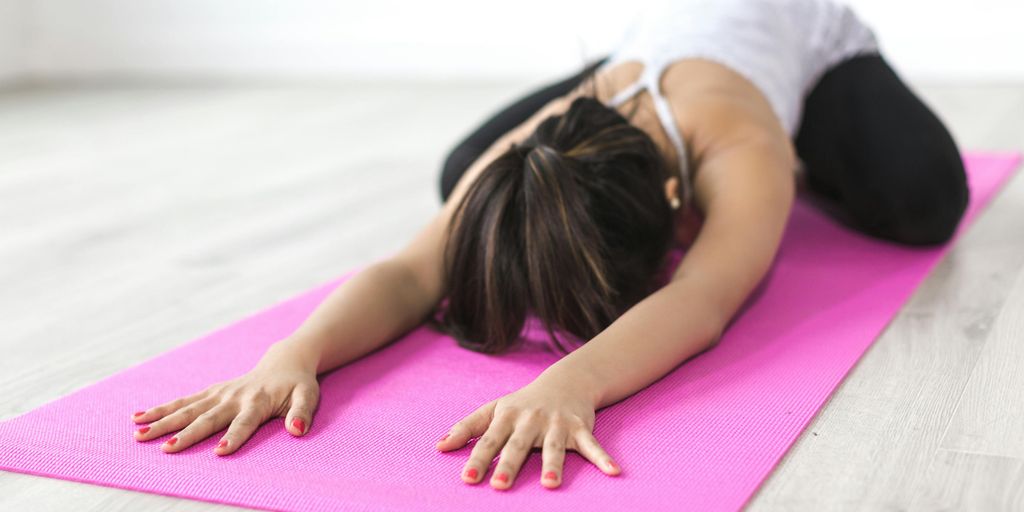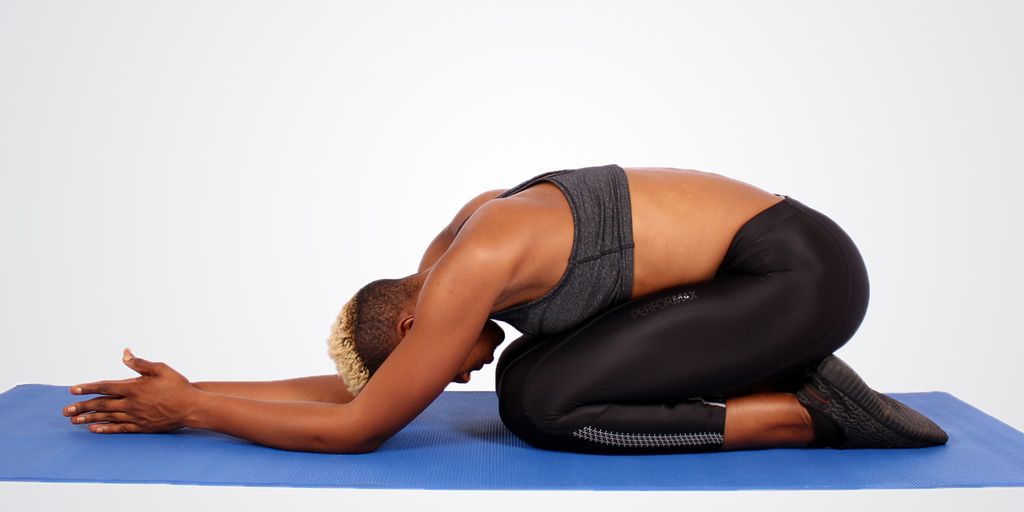
Choosing the Best Yoga Mat Material for Your Practice
Choosing the right yoga mat material is crucial for enhancing your practice, providing comfort, support, and durability. With a variety of materials available, each offering unique benefits, it's essential to understand the differences to make an informed decision. This article explores various yoga mat materials, their eco-friendliness, durability, comfort, potential allergens, and cost-effectiveness to help you find the perfect mat for your needs.
Key Takeaways
- Understanding the properties of different yoga mat materials can significantly impact your practice experience.
- Eco-friendly yoga mat options like cork, organic cotton, and jute are available for environmentally conscious practitioners.
- The durability and longevity of yoga mats vary based on the material, with some requiring more maintenance than others.
- Comfort and support are influenced by factors such as thickness, cushioning, texture, and temperature regulation.
- Considering allergies and skin sensitivities is important when choosing a yoga mat material to ensure a safe and pleasant practice.
Understanding Different Yoga Mat Materials
Choosing the right yoga mat material matters: finding the right yoga mat material for your practice. Explore natural and synthetic yoga mat materials for grip, durability, comfort, and eco-friendliness in yoga practice.
Natural Rubber
Natural rubber mats are known for their excellent grip and durability. They are made from sustainable rubber trees, making them an eco-friendly option. However, they can be heavier and have a distinct smell when new.
PVC
PVC mats are popular due to their affordability and availability. They offer good durability and cushioning, but they are not eco-friendly and can contain harmful chemicals. These mats are also lightweight and easy to clean.
TPE
TPE mats are a newer option that combines the benefits of both natural and synthetic materials. They are lightweight, durable, and free from harmful chemicals. Additionally, TPE mats are recyclable, making them a more environmentally friendly choice.
When choosing a yoga mat, consider the balance between grip, durability, comfort, and eco-friendliness to find the best fit for your practice.
Eco-Friendly Yoga Mat Options
Cork
Cork yoga mats are a popular eco-friendly choice due to their natural and sustainable properties. They are made from the bark of cork oak trees, which can be harvested without harming the tree. Cork mats are naturally antimicrobial, providing a clean and hygienic surface for your practice. Additionally, they offer excellent grip, especially when wet, making them ideal for hot yoga sessions.
Organic Cotton
Organic cotton yoga mats are another great eco-friendly option. These mats are made from cotton that is grown without the use of synthetic pesticides or fertilizers, making them a healthier choice for both you and the environment. Organic cotton mats are soft and provide a comfortable surface for your practice. They are also highly absorbent, which can be beneficial for sweaty sessions.
Jute
Jute yoga mats are made from the fibers of the jute plant, which is a highly sustainable and biodegradable material. Jute mats are known for their durability and natural texture, which provides a good grip. They are also lightweight and easy to carry, making them a convenient option for yogis on the go. Jute mats are often combined with other materials, such as PER (Polymer Environmental Resin), to enhance their performance and longevity.
Choosing an eco-friendly yoga mat not only benefits your practice but also contributes to a healthier planet. It's slim pickings in the world of eco-friendly, non-toxic yoga mats, but options like cork, organic cotton, and jute make it easier to find a mat that aligns with your values.
Durability and Longevity of Yoga Mat Materials
Wear and Tear Resistance
When it comes to durability, different yoga mat materials offer varying levels of wear and tear resistance. PVC mats are known for their longevity, while natural rubber mats may wear out faster but offer better environmental benefits. TPE mats strike a balance between durability and eco-friendliness.
Maintenance Tips
Proper maintenance can significantly extend the lifespan of your yoga mat. Regular cleaning and avoiding direct sunlight can help maintain the mat's integrity. For instance, natural rubber mats should be cleaned with a mild soap solution and air-dried to prevent degradation.
Lifespan Comparison
| Material | Average Lifespan |
|---|---|
| PVC | 5-10 years |
| Natural Rubber | 1-5 years |
| TPE | 3-5 years |
Investing in a high-quality yoga mat can save you money in the long run, as a durable mat will not need to be replaced as frequently.
Comfort and Support in Yoga Mat Materials
Thickness and Cushioning
When selecting a yoga mat, consider material, thickness, cushioning, grip, and traction for an enhanced yoga experience. Thicker mats provide more cushioning, which is beneficial for poses that put pressure on your joints. However, they can be less stable for balance poses.
Texture and Grip
The texture of a yoga mat affects its grip. Mats with a rough texture offer better traction, which is essential for maintaining poses without slipping. Smooth mats, while comfortable, may not provide the same level of grip, especially when wet.
Temperature Regulation
Some yoga mats are designed to regulate temperature, keeping you cool during hot yoga sessions. Materials like natural rubber and cork are known for their temperature-regulating properties, ensuring a comfortable practice regardless of the room temperature.
For the best yoga mat brands for a superior practice, consider material, thickness, cushioning, grip, and traction for an enhanced yoga experience.
Allergy Considerations for Yoga Mat Materials
Hypoallergenic Options
When selecting a yoga mat, it's crucial to consider hypoallergenic options to avoid any adverse reactions. Natural rubber and organic cotton are excellent choices for those with sensitive skin.
Common Allergens
Exposure to PVC and phthalates through inhalation and skin contact can result in allergic reactions. These chemicals used in many yoga mats can create serious health consequences. It's advisable to check the material composition before purchasing.
Skin Sensitivity
For individuals with skin sensitivity, opting for mats made from natural fibers like jute or cork can be beneficial. These materials are less likely to cause irritation and are generally more skin-friendly.
Always test a small area of the mat on your skin before committing to a full practice session to ensure there are no adverse reactions.
Cost vs. Value in Yoga Mat Materials
Budget-Friendly Choices
When selecting a yoga mat, it's essential to balance cost and quality. Budget-friendly choices often include PVC and TPE mats, which are affordable and widely available. However, these materials may not offer the same level of durability and comfort as higher-end options.
Premium Options
Premium yoga mats, such as those made from natural rubber or cork, provide superior comfort and longevity. While the initial investment is higher, these mats often last longer and offer better performance, making them a worthwhile investment for serious practitioners.
Long-Term Investment
Investing in a high-quality yoga mat can save you money in the long run. A durable mat reduces the need for frequent replacements, ensuring you get the most value out of your purchase. Consider the benefits of high-quality yoga mats when making your decision.
Finding the best yoga mat for your daily routine involves weighing the initial cost against the long-term benefits. Prioritize materials that offer a balance of comfort, durability, and affordability.
When choosing a yoga mat, it's essential to weigh the cost against the value of the materials used. At Yune Yoga, we offer a variety of mats made from natural rubber, eco-friendly materials, and more, ensuring you find the perfect balance for your practice. Explore our collection today and elevate your yoga experience!
Conclusion
Choosing the best yoga mat material for your practice is a highly personal decision that depends on various factors including comfort, durability, grip, and environmental impact. Whether you opt for PVC, TPE, natural rubber, or cork, each material has its unique benefits and drawbacks. By considering your specific needs and preferences, you can find a yoga mat that enhances your practice and supports your journey towards better health and well-being. Remember, the right mat can make a significant difference in your overall yoga experience, so take the time to choose wisely.
Frequently Asked Questions
What is the best material for a yoga mat?
The best material for a yoga mat depends on your personal preferences and needs. Natural rubber, PVC, and TPE are popular choices, each with its own benefits.
Are eco-friendly yoga mats durable?
Yes, eco-friendly yoga mats made from materials like cork, organic cotton, and jute can be quite durable, especially with proper care and maintenance.
How thick should my yoga mat be?
The thickness of your yoga mat should be chosen based on the level of cushioning and support you need. Generally, mats range from 1/16 inch to 1/4 inch thick.
Can I be allergic to my yoga mat?
Yes, some people may be allergic to certain materials used in yoga mats, such as latex in natural rubber. It's important to choose hypoallergenic options if you have sensitive skin or known allergies.
What is the lifespan of a yoga mat?
The lifespan of a yoga mat varies depending on the material and how often it is used. On average, a well-maintained yoga mat can last between one to five years.
Is it worth investing in a premium yoga mat?
Investing in a premium yoga mat can be worth it if you practice regularly and need a mat that offers superior comfort, support, and durability. However, there are also budget-friendly options that provide good value.


